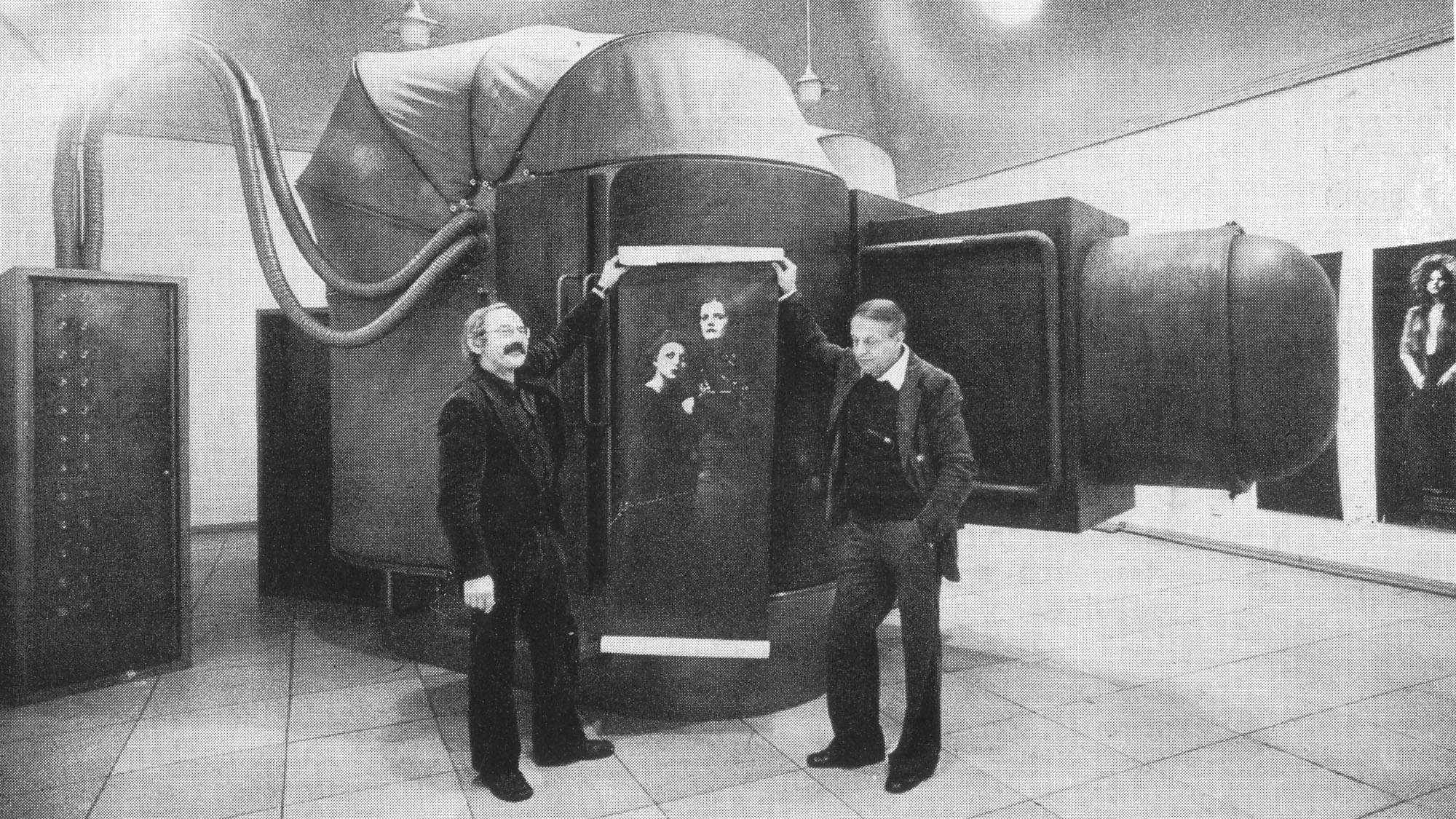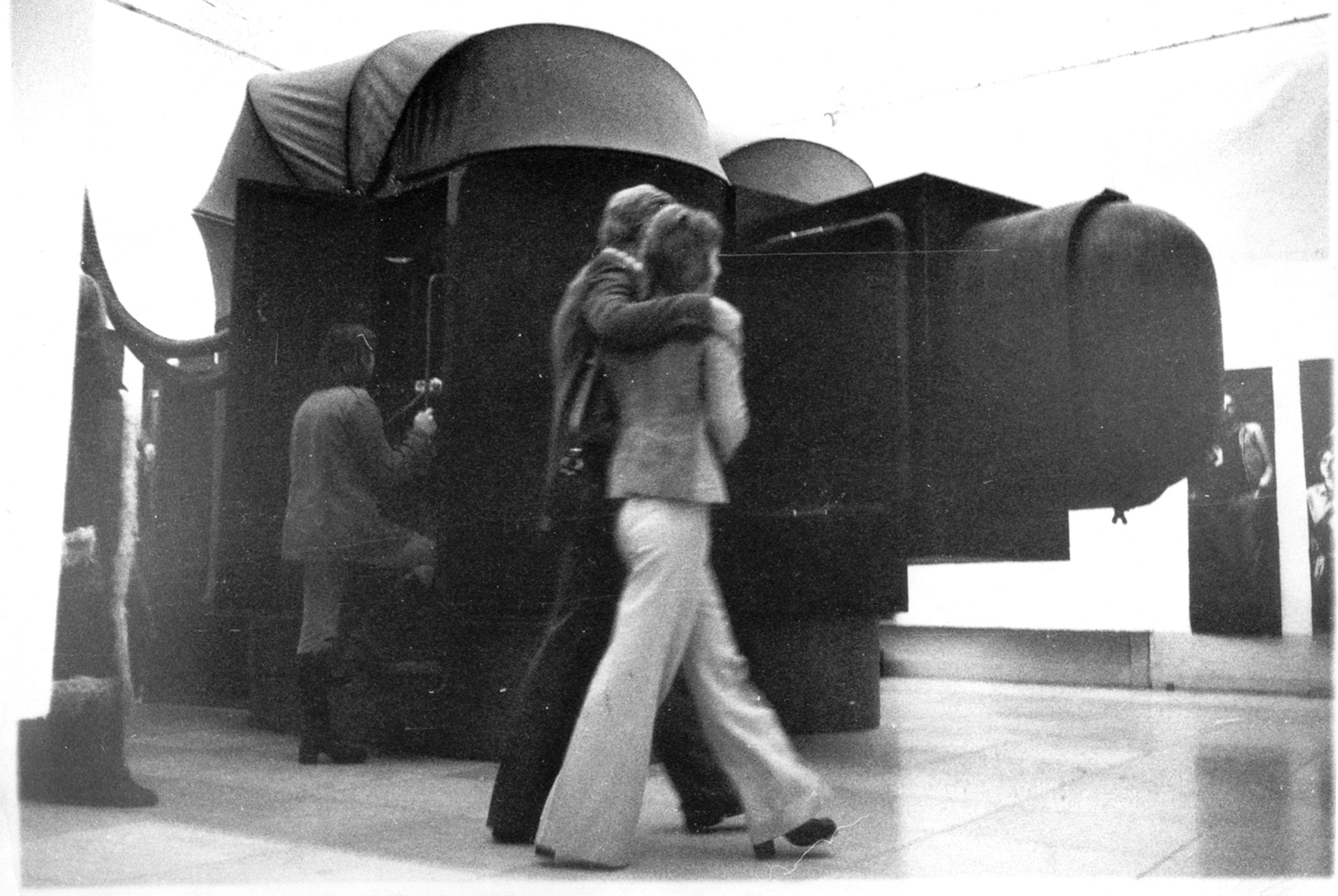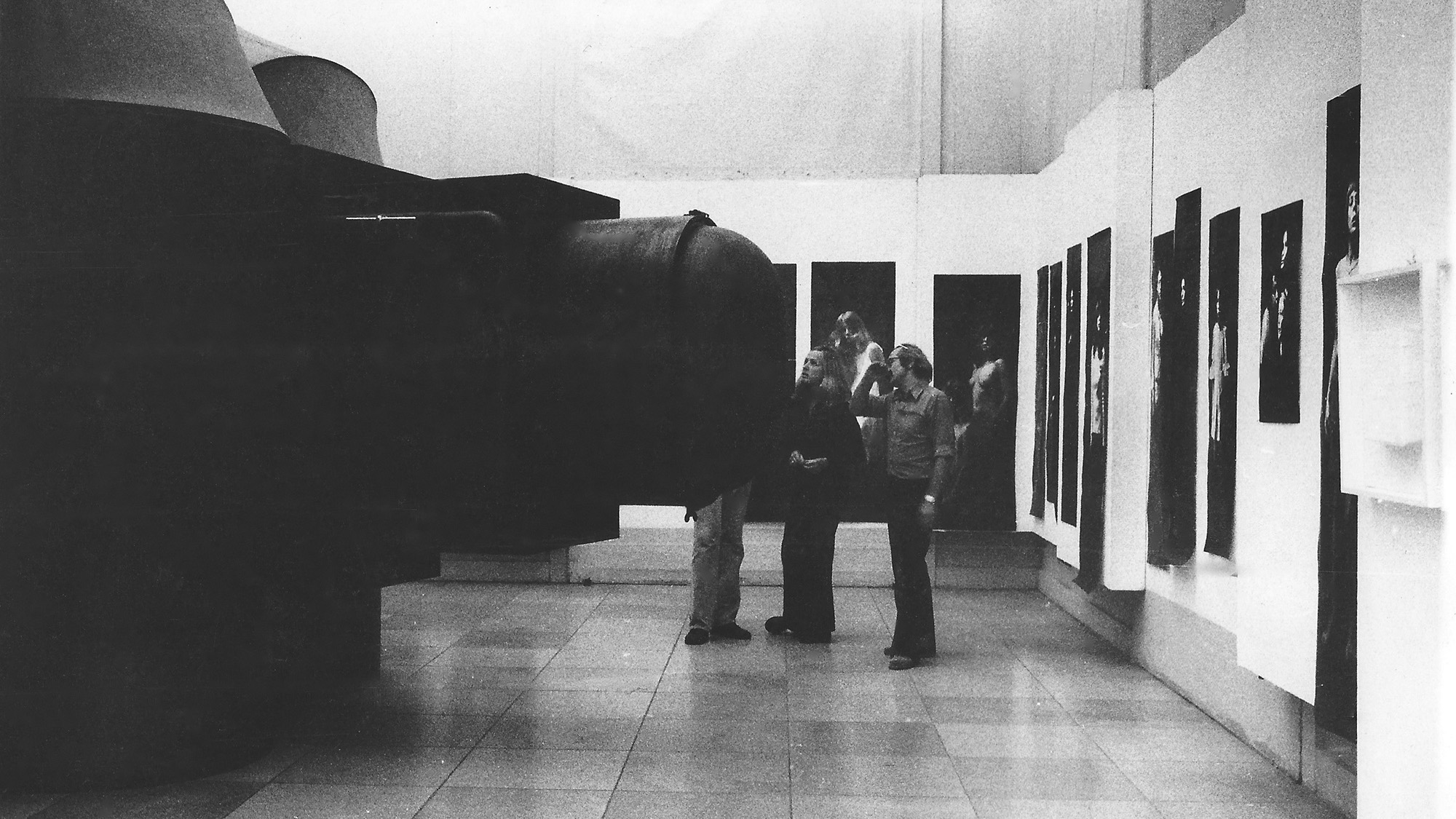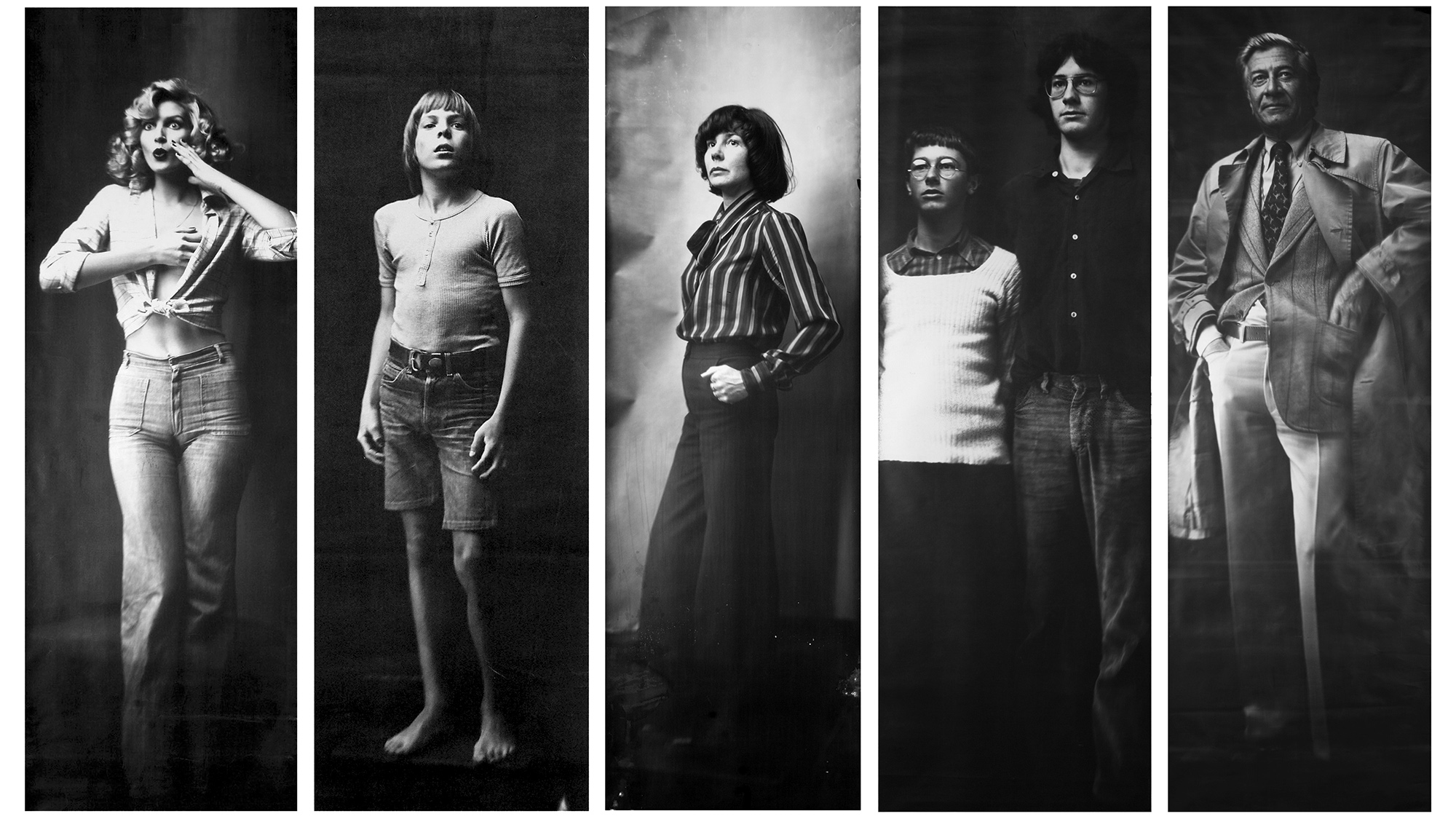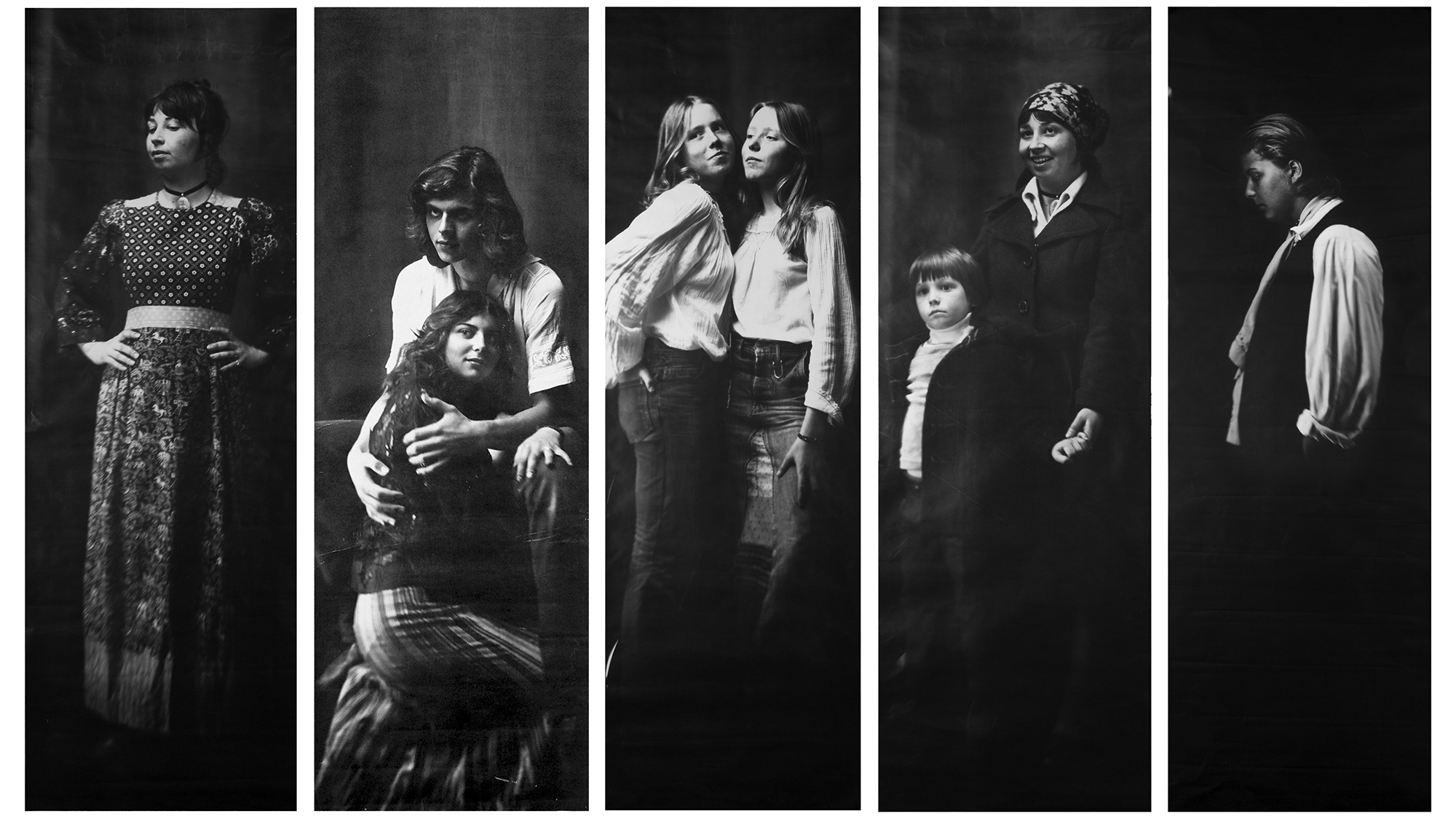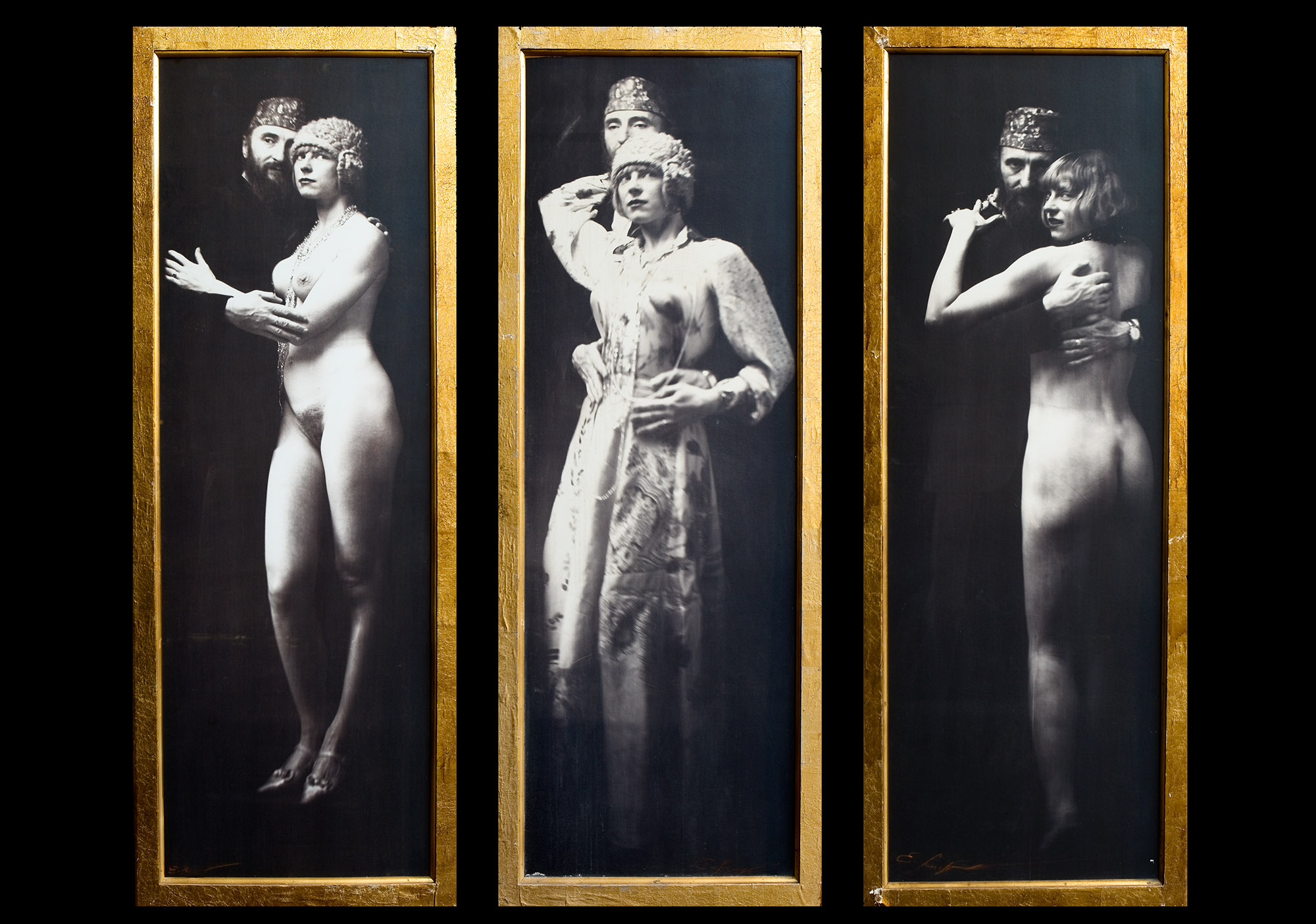In 1970, researcher Werner Kraus from Daimler-Benz was commissioned to analyse the combustion process in the Wankel engine. For this he used high speed photography and developed a completely new optical system with extremely high light intensity and enormous focal length. The end photographic result was a system which produced photographic images at a scale of 1: 1, without curvature or distortion, over a 2 meter image circle. Werner Kraus used direct exposure onto positive photographic material. This called for very high light intensity. To meet the need he developed his own lighting and optical system with an extremely focused output fed by six flash generators.
After completing his research assignment, he quickly became aware of the creative potential that lay dormant in his creation – the gestation period of the IMAGO camera began. However, the invention of the IMAGO Camera was not just a technical innovation, the technical innovation was the catalyst triggering imagination and creativity. Well-known artists such as Joseph Beuys, Hermann Nitsch, Arnulf Rainer, among many others, with their actions burst the firmly-established boundaries between viewer, artist and artwork.
Somewhat influenced by this, Werner Kraus, together with sculptor Erhard Hößle, created an interactive work of art that lures the viewer out of his passive corner to personally become part of the artistic process – a worldwide unique photographic experience that combines art, craft, science, and spectacular self-awareness and provides an experience diametrically opposed to the ego-hegemony of the digitized world.
In 1972 the IMAGO Camera was inaugurated in Munich. After a series of exhibitions it had to be withdrawn from public display and mothballed in 1978. The reason: Direct Photo Paper, essential for the operation of the camera, has to give way to other technologies and is no longer produced.


